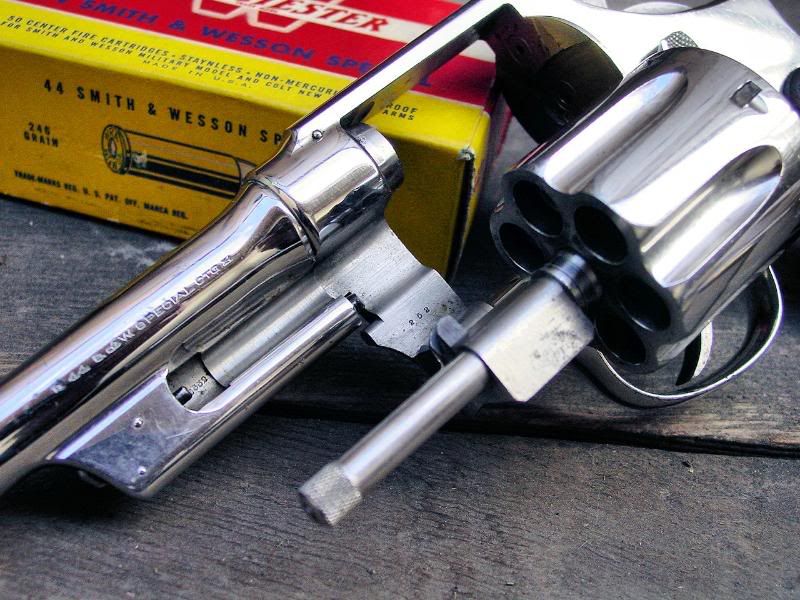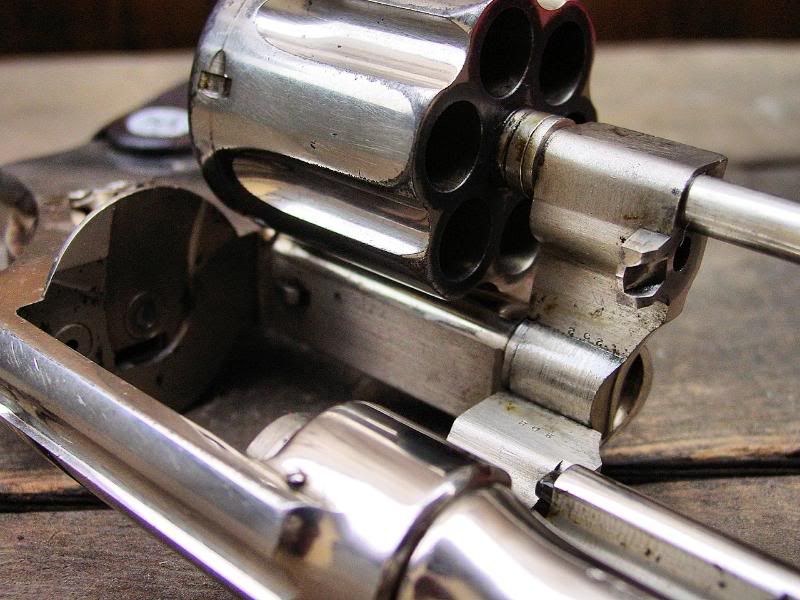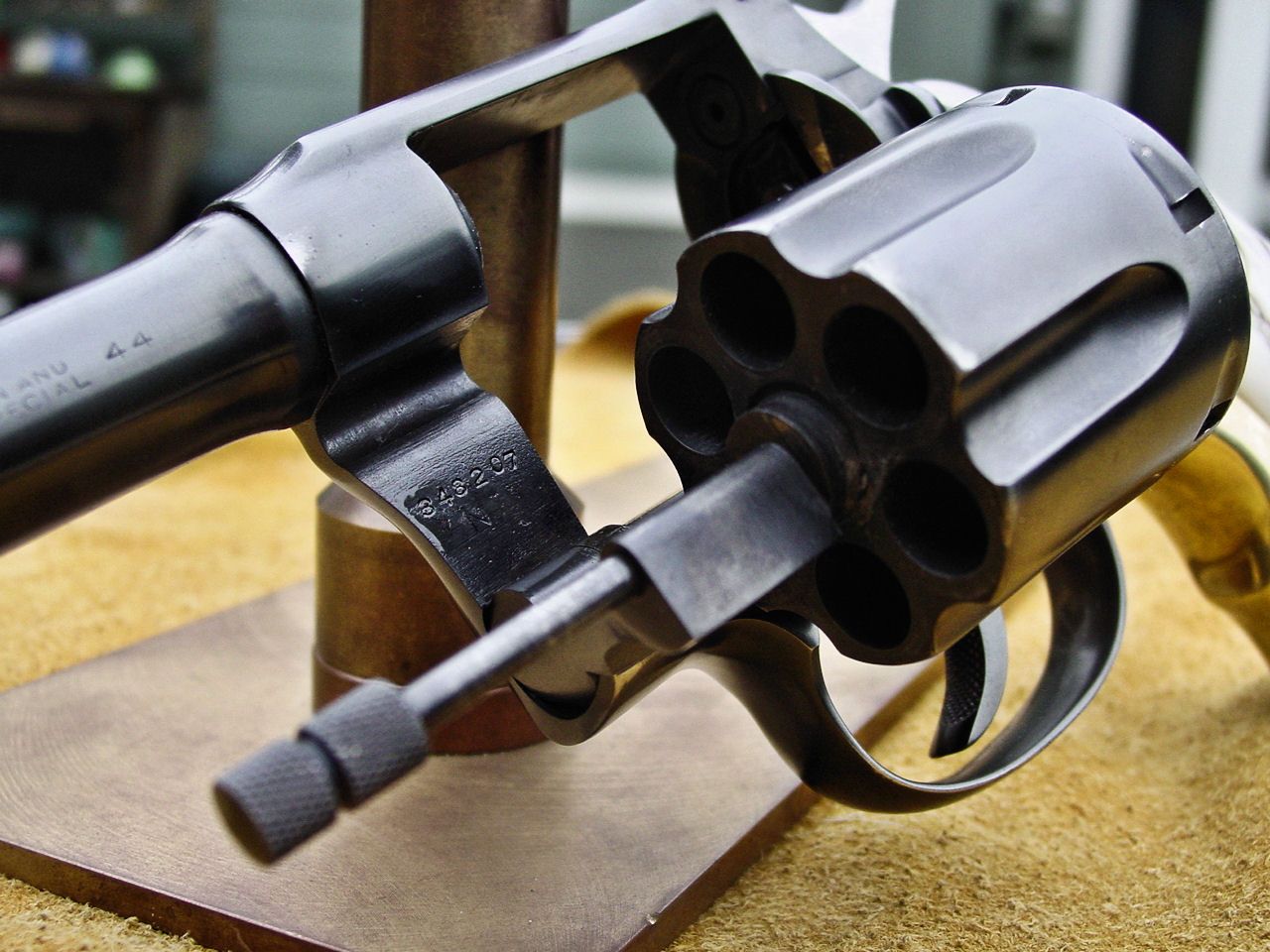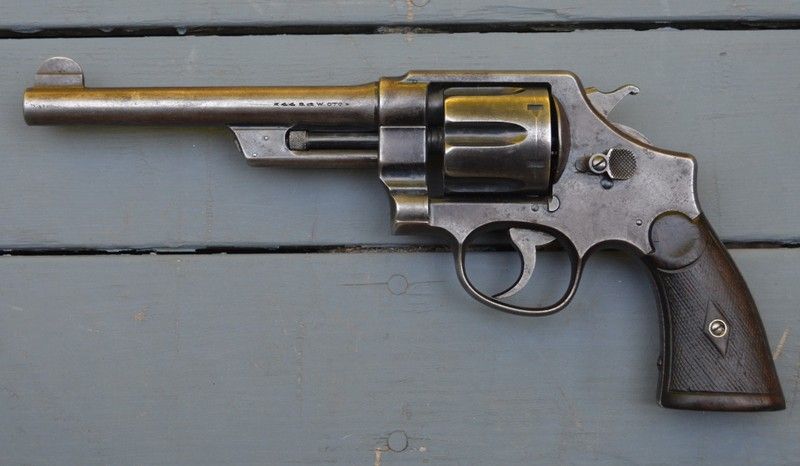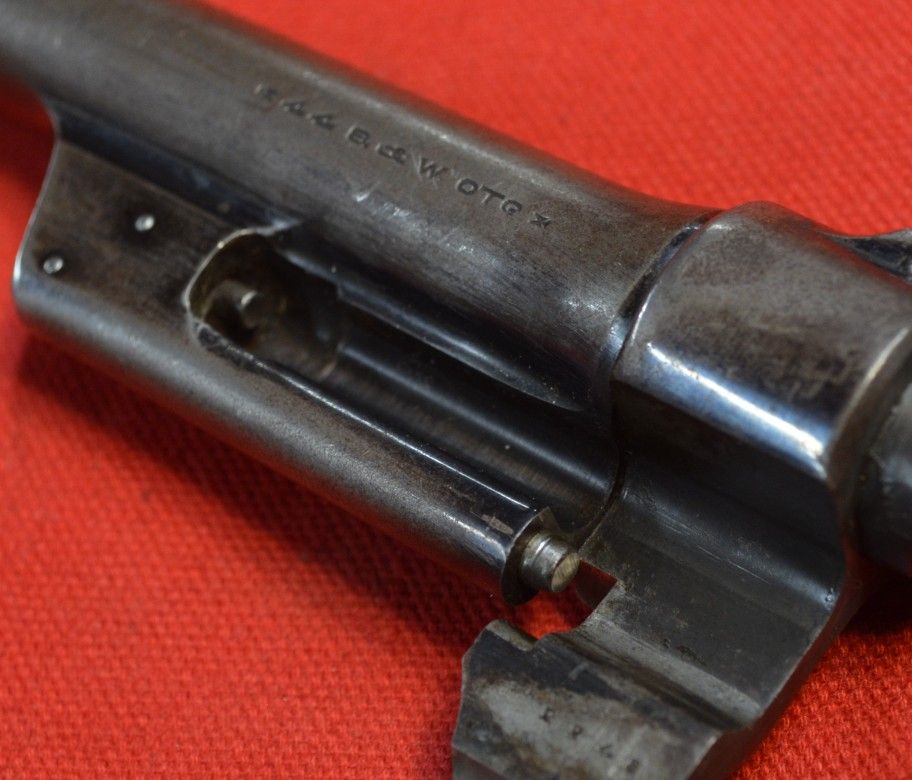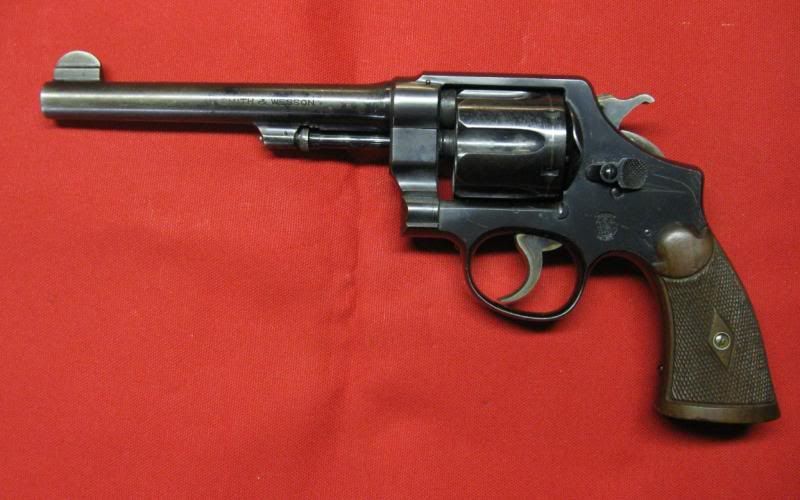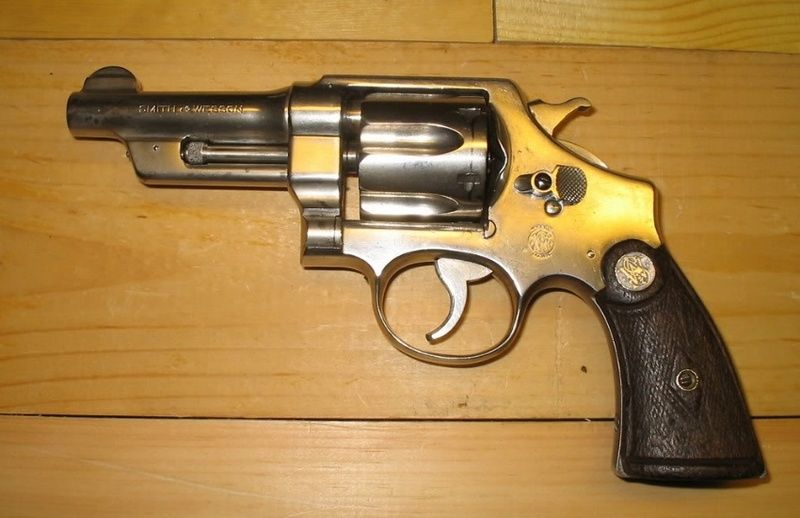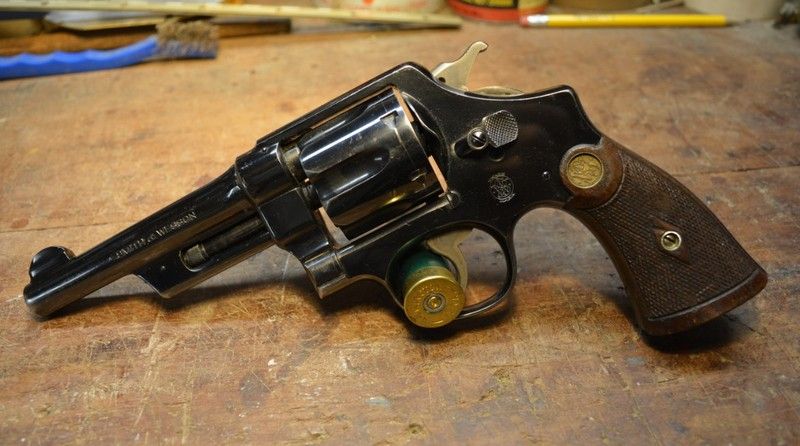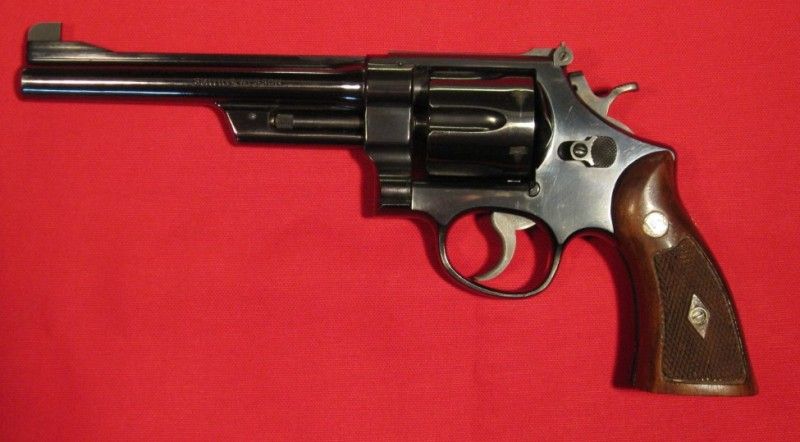Howdy Again
A short history of shrouds under the barrels of large frame S&W revolvers.
The 44 Hand Ejector 1st Model (Triple Lock) had to have the shroud because it housed the mechanism for the 3rd lock.
Yes, the British did complain about mud getting into the area where the extractor rod sat under combat conditions.
Triple Lock production ended in 1915. It was immediately followed by the 44 Hand Ejector 2nd Model, which lacked the 3rd latch and therefore did not need a shroud. Why did S&W choose to put the 3rd latch in? Nobody really knows. Yes, it was unnecessary. It also added to the cost of the revolver. Roy Jinks states in his book, The History of Smith and Wesson, that eliminating the Triple Lock mechanism brought the retail cost of the 2nd model down to $19 from the $21 price tag of the Triple Lock.
This 44 HE 2nd Model shipped in 1921.
In 1926 Wolf & Klar, a large Texas S&W distributor placed a large order for 44 caliber revolvers. It seems the idea of an underbarrel shroud had taken hold, and Wolf & Klar specified they wanted underbarrel shrouds with this order, despite the fact that the 3rd latch was now long gone.
This well worn and refinished 44 Hand Ejector 3rd Model shipped in 1929 and was carried by an officer during WWII.
When the 38-44 Heavy Duty, the predecessor to the 357 Magnum, was developed in 1930, it along with the 38-44 Outdoorsman had the under barrel shroud.
This 38-44 Heavy Duty shipped in 1931.
After that, pretty much all the N frame Smiths came with an underbarrel shroud.
44 Hand Ejector 4th Model, that shipped in 1955.

